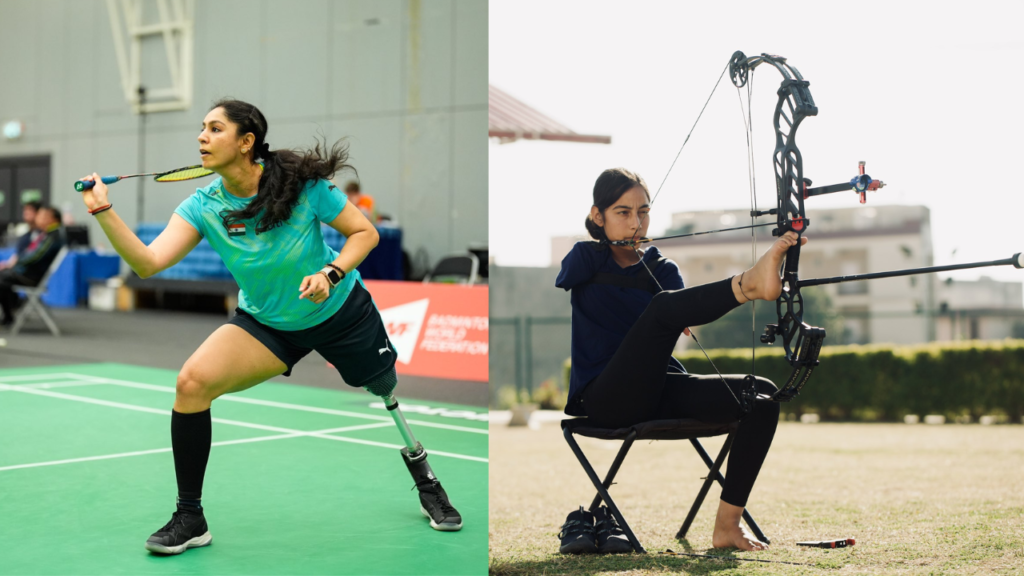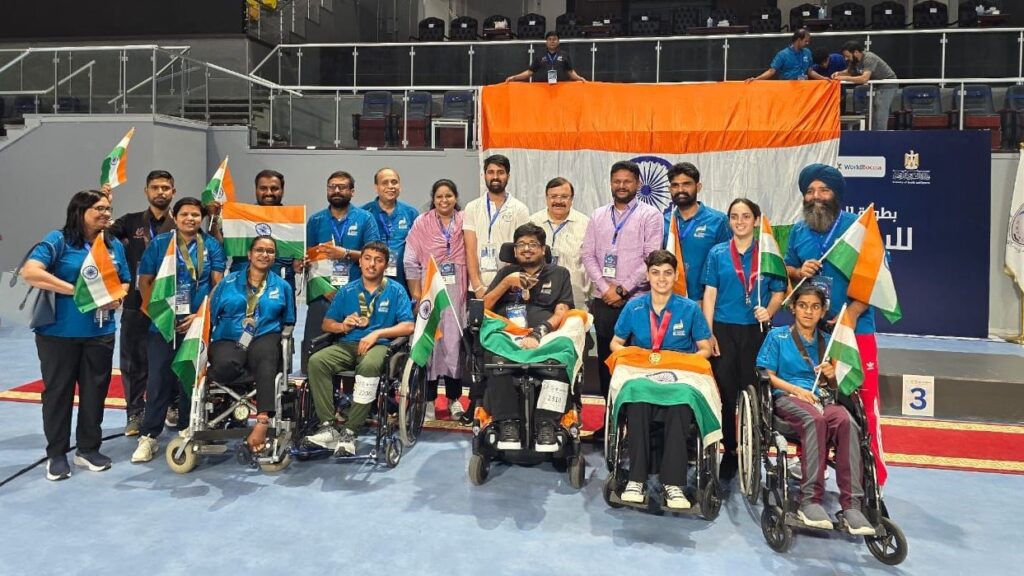
When I spoke to Neeraj Chopra after his silver in Paris, we had discussed the lack of support for Paralympics in our country. “There are quite a few categories and often people don’t understand them,” Neeraj had mentioned. True enough, and key to following the Paralympics and supporting our Paralympians, is to acquire a broad sense of the technicalities involved. To understand para-sport, it is crucial to understand the category in which an athlete is competing, which also indicates their levels of disability.
The categorisation is entirely based on the severity of disability and athletes are placed accordingly in their respective classes. Knowing a bit about these criteria allows us to better appreciate the efforts and journeys of these athletes.
Take Sheetal Devi for instance; her class for competition as per the Paralympics is ST. Sheetal was born with a rare congenital disorder, phocomelia, which affects the development of limbs and causes deformity and disability. She draws her strength from her lower body and her core, having had to use them for all her activities in the absence of arms. But Sheetal is not placed in the W1 category, which is for those with severe impairment affecting all four limbs, and the athletes in this category will be in a wheelchair. For others in different categories, the level of impairment determines whether they can have assistive equipment or be allowed an assistant.
For the Latest Sports News: Click Here

In para badminton for instance, the categories include SL 3 and SL 4. Manasi Joshi, who has an amputation in one of her legs, plays in the SL 3 class. Suhas Yathiraj plays in the SL 4 class. The former indicates severe impairment in the lower limbs or amputation whereas the latter indicates less severe or minor impairment. Athletes cannot be compared to one another without consideration of these categories. As well, it is important to remember that there are no universal rules for para-sport. Each discipline has its own classifications and athletes are assessed by medical professionals.
Why is it so important to have even a basic understanding of these classes (though it may sound a bit complicated to start with) before we even set out to celebrate any medals won? Come the Paralympics, one can be assured the media will work up a frenzy once medals start to come, given that Paralympics has now garnered a certain visibility in India. However, to simply put these athletes in the news without an understanding of their disability hardly serves a purpose. If we are to make a more lasting impact on our para-athletes, there must be some understanding of their struggles and their disability. Reporting on the Paralympics must be informed, so that a higher level of awareness can be created.

We need to celebrate going beyond the medals. We need to celebrate the journeys of these athletes. Their journeys will inspire a larger commitment to inclusivity and an empathetic comprehension of disability. Ours is a country with so far a dismal record of accessibility for the disabled, and treatment of people with disability. Given how obsessed mainstream culture is with celebrating hyper masculinity, we need an urgent understanding and appreciation of disability and the journeys and legacies of people with disability.
Disability needs to be highlighted and be made more visible. The journeys of our para-athletes have the potential to make other persons with disability be heard and better understood.
Also Read: A hearty bonjour: The Paralympics Diary



